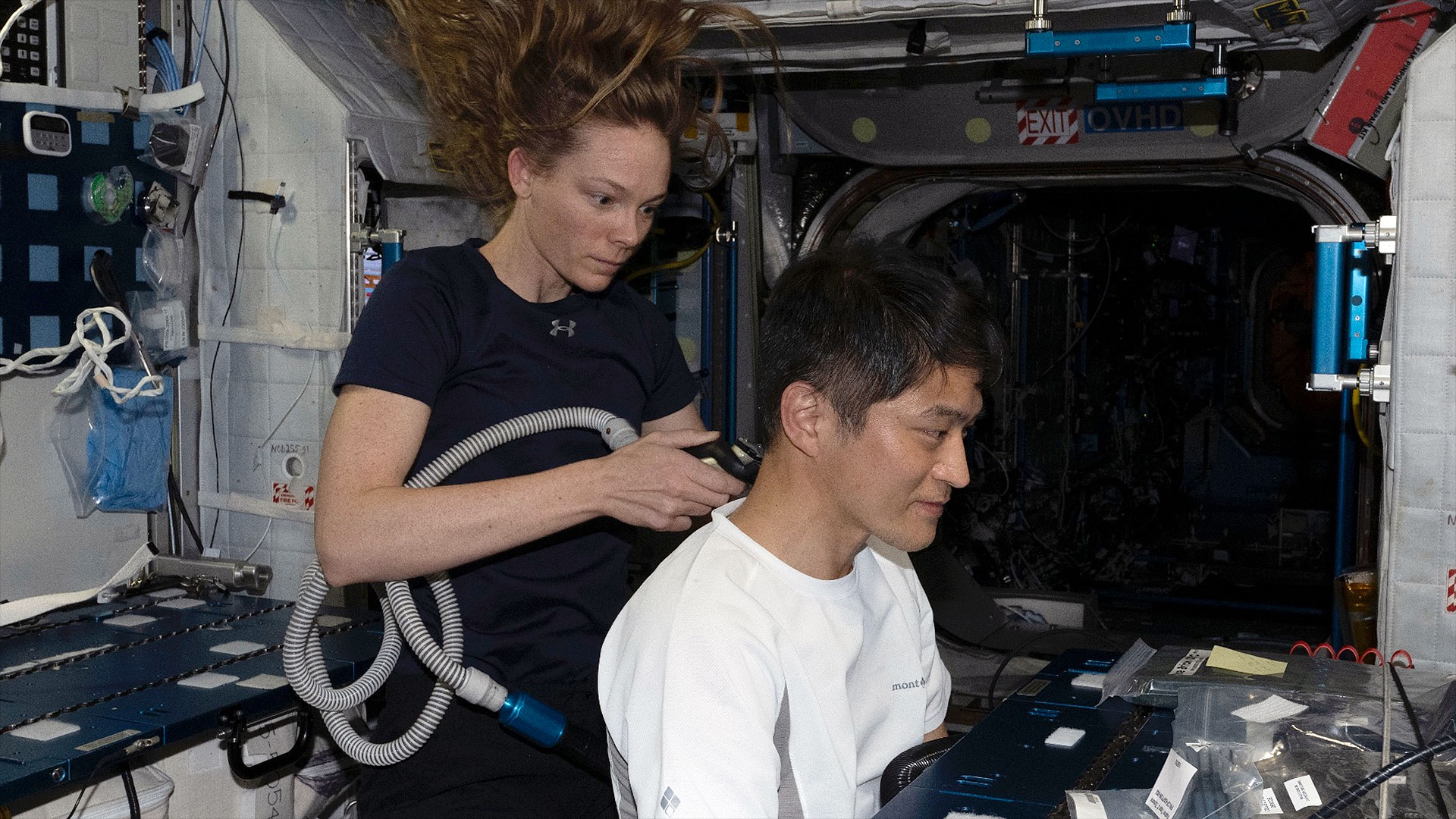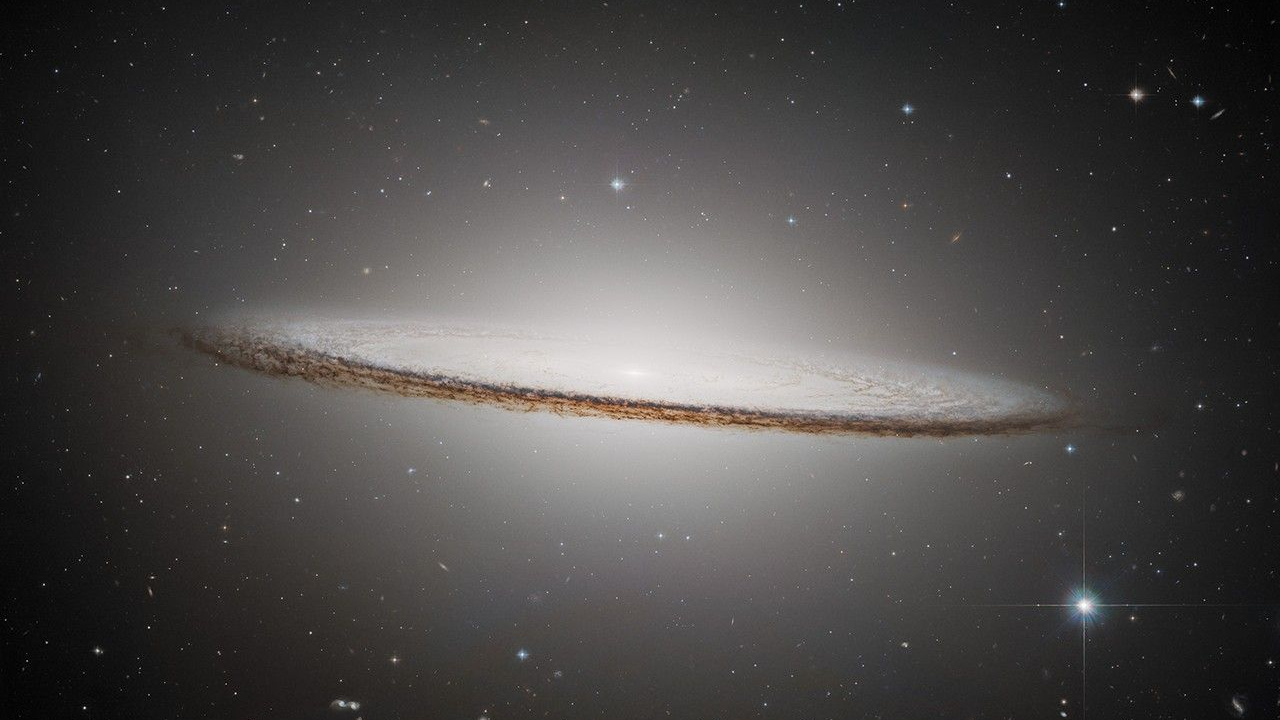Orbiting Buddy Could Join Curiosity 2.0 at Mars

NASA is about to build the next generation of Mars exploration. The agency just announced it will begin construction on the Mars 2020 rover, a souped-up doppleganger of the Curiosity rover that has spent nearly four Earth years on Mars.
But that new rover is going to have to get information back to Earth somehow. While NASA has three capable orbiters able to relay pictures, video and scientific data to scientists, they're mostly rather old. Plus, the agency wants to set up improved Mars communications for a potential sample-return mission.
So on Monday, the agency announced that it asked five aerospace companies for design studies for a 2022 orbiter. What's really cool about this orbiter is it will use a different type of propulsion to get to Mars, called solar electric propulsion. It's a big deal for NASA, which wants to increase its SEP technology use to explore the solar system after successful missions such as Dawn, which visited the small worlds Vesta and Ceres.
RELATED: Curiosity 2.0: This Is NASA's Next Mars Rover

With SEP, solar arrays create electricity that ionizes (charges) atoms in xenon, a propellant, that are then pushed out the back of the spacecraft to create thrust.
"This has the potential to provide fuel-friendly orbit changes and enhanced power and mass for payloads in orbit around Mars," wrote the Mars Exploration Program Analysis Group, which represents the Mars research science community, in a recent report.
MEPAG created the paper to discuss the science goals of the possible orbiter mission, which is supposed to meet the highest priority for flagship missions outlined in the National Research Council's 2011 Planetary Science Decadal Survey: to send a sample back from Mars. The NRC also wants to close the gap in finding resources for potential human missions to the planet (which would fit in with NASA's desires as well.)
Get the Space.com Newsletter
Breaking space news, the latest updates on rocket launches, skywatching events and more!
RELATED: NASA's Next Mars Rover May Have Flying Sidekick
There are other "compelling" questions the NRC raised that an orbiter could help answer about the Red Planet, the authors write. These include:
- Mapping ground ice deposits on all of Mars, and water/carbon dioxide ices at the pole, to look at the water cycle today;
- Taking a closer look at the briny water flows on Mars, known as recurring slope linae, to see how habitable these reservoirs are;
- Looking at the climate, water and dust cycles in the present to extrapolate our knowledge to the past;
- Finding evidence of past environmental change through features such as sedimentary deposits;
- Take a close look at Mars' doomed moon, Phobos, and the planet's smaller moon, Deimos
Originally published on Discovery News.
Join our Space Forums to keep talking space on the latest missions, night sky and more! And if you have a news tip, correction or comment, let us know at: community@space.com.

Elizabeth Howell (she/her), Ph.D., was a staff writer in the spaceflight channel between 2022 and 2024 specializing in Canadian space news. She was contributing writer for Space.com for 10 years from 2012 to 2024. Elizabeth's reporting includes multiple exclusives with the White House, leading world coverage about a lost-and-found space tomato on the International Space Station, witnessing five human spaceflight launches on two continents, flying parabolic, working inside a spacesuit, and participating in a simulated Mars mission. Her latest book, "Why Am I Taller?" (ECW Press, 2022) is co-written with astronaut Dave Williams.









